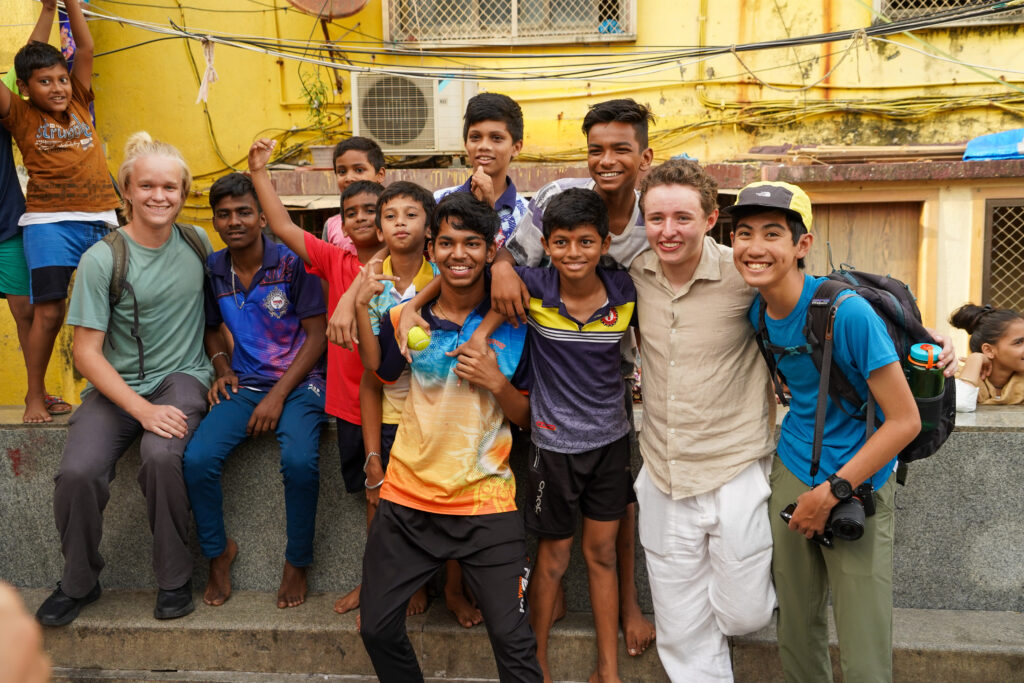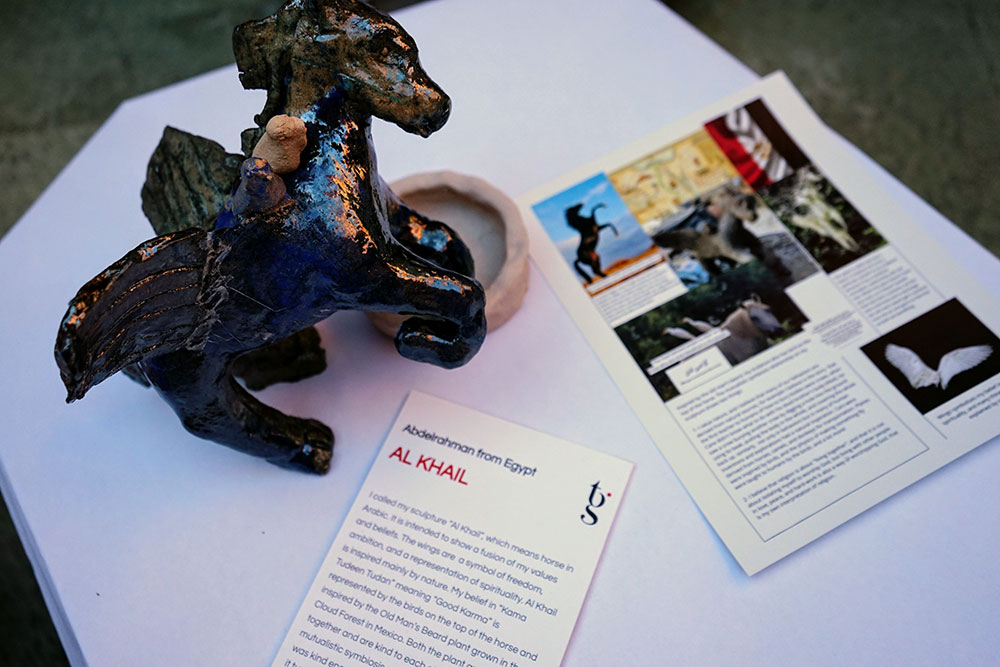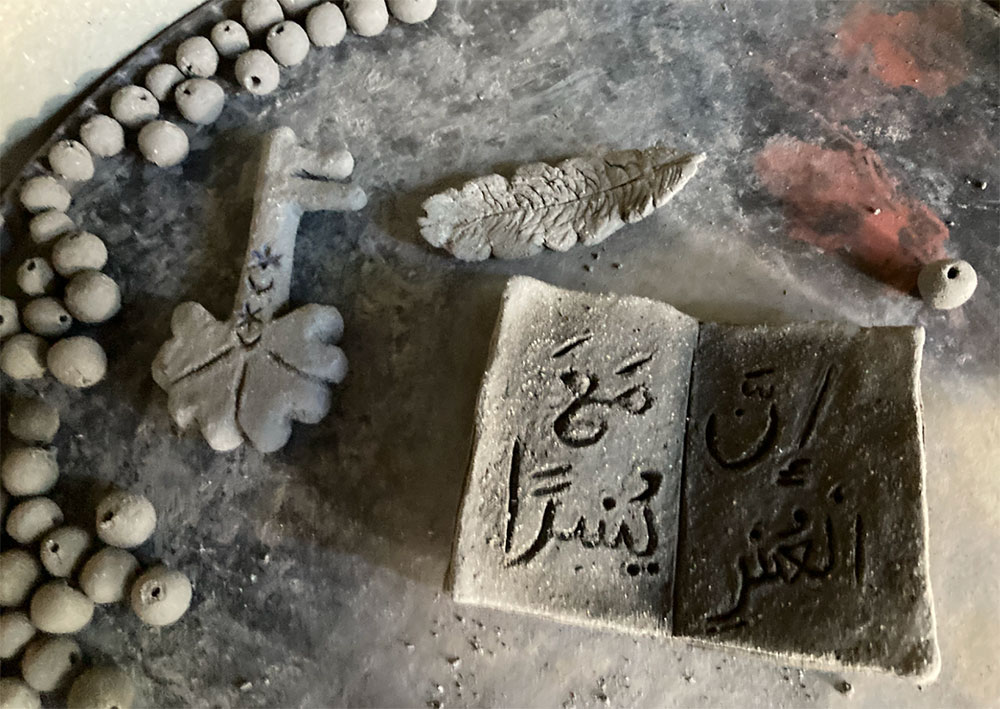Driving Question:
How might I promote gender equality to a young population using traditional African tales?
Project Summary:
Yeli K, a senior from the United States, has written a children’s book titled “The Farafina Tales” aimed at promoting gender equality in West Africa. The book addresses critical issues such as child marriage, female genital mutilation, and violence against women, which are prevalent in countries like Senegal, Guinea, and Liberia. Through interviews with experts across the continent, Yeli K identified factors contributing to these issues, including lack of legislation, ineffective law enforcement, negative cultural perceptions of women, and lack of economic opportunities.
Inspired by a study showing how children’s literature can shift gender perspectives in Rwanda, Yeli K sought to promote gender equality among young West Africans through literature. This led to the creation of a 30,000-word novel manuscript for 8 to 12-year-olds, which won a Scholastic Gold Key for the New York region and a National Silver Medal in the Scholastic Art and Writing competition.
The story follows a 13-year-old girl named Mariama, who, with the help of a secret society of African heroes, saves her school from developers aiming to turn it into a mall. To write this book, Yeli K undertook a 150-hour course on writing for children, receiving a distinction. This was followed by detailed world-building and character development, guided by feedback from mental health and gender-based violence experts, children’s book authors, mentors, and the target audience of children.
Yeli K wrote 1,000 words daily during November, utilizing National Novel Writing Month resources and community support. After completing the initial drafts, the book was distributed to eight children aged 8 to 12 in Lagos, Nigeria, for critical feedback, which was incorporated into the final draft.
Through this project, Yeli K aims to inspire young people globally to use art to ignite profound social changes, demonstrating the power of literature in addressing pervasive societal issues.



